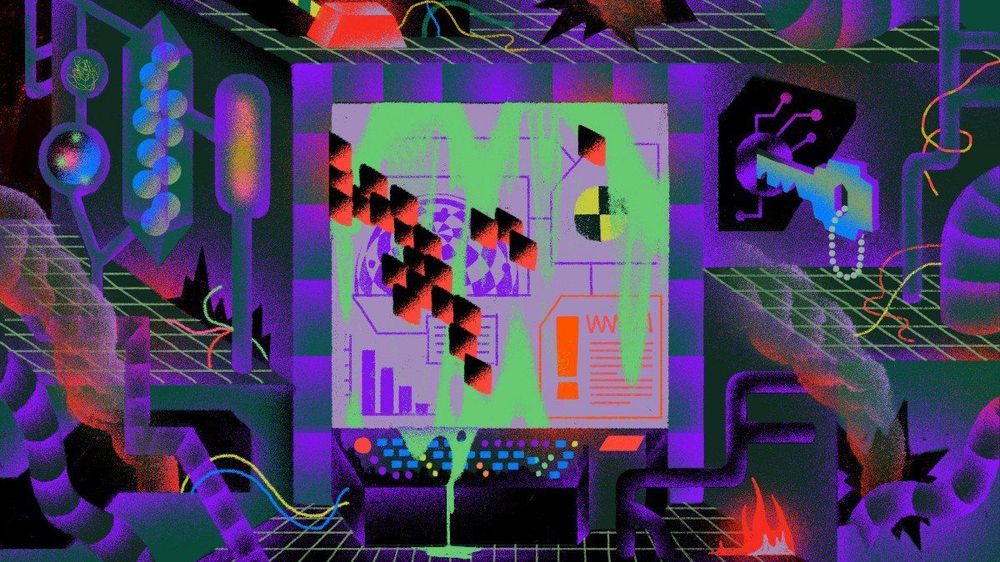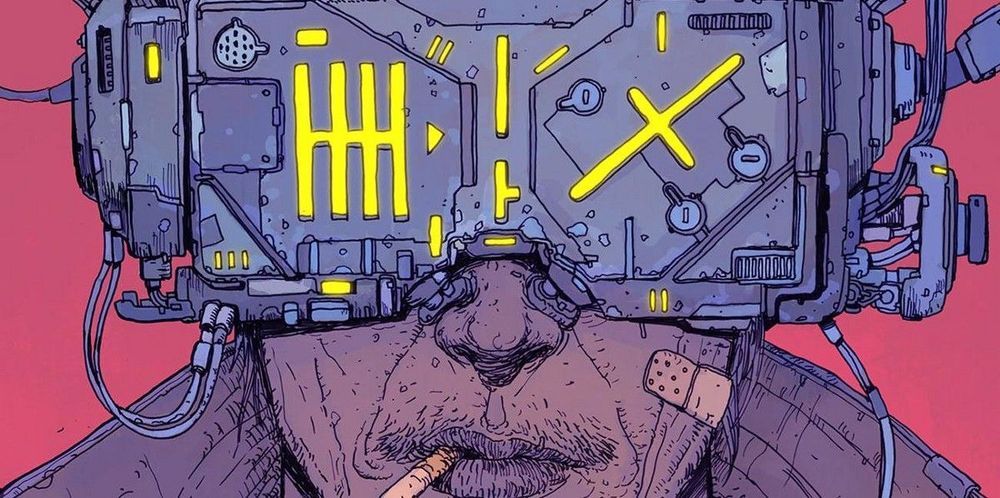The new approach supports the development of quantum key distribution, a technology both businesses, and governments are very excited about.
Category: cybercrime/malcode – Page 236

Acknowledging Risks in Institutional “Stablecoin” Cryptocurrencies and Fractional Reserve Banking
(Originally posted March 7, 2019, on the Crowdfunding Professional Association’s website.)
The purpose of this memo is two-fold:
- To highlight the possibility of risks to banking and finance sectors arising from new financial instruments based on blockchain technology; primarily from novel financial accounting methods and products called “stablecoins,” digital tokens, and cryptocurrencies.
- To encourage regulators and policymakers to engage blockchain thought leaders, product developers and the community in general to better understand the economic and policy implications of public, private and permissioned blockchains; their application to banking and finance regulations; and how innovation may be encouraged in a safe, sound and responsible manner.
Like any technology, blockchain can and may be used to improve a variety of operational, identity, security and technology challenges that the future of digital banking, business and society face. Blockchain technology is also poised to create new and increasingly clever methods and economies for value, commodities, assets, securities and a slew of yet-to-be discovered financial instruments and products. However, no leap in technology and finance is ever made without risk. As policymakers and stewards of the current and future digital economy and ecosystem, we have an obligation to our constituents and the global banking and finance community to guide the growth and adoption of emerging fintech technology in a safe and sound manner.

Mark Zuckerberg: The Internet needs new rules. Let’s start in these four areas
I’ve spent most of the past two years focusing on issues like harmful content, elections integrity and privacy. I think it’s important to define what roles we want companies and governments to play in taking on these challenges, so I wrote this op-ed laying out how regulation can help.
Tech nology is a major part of our lives, and companies such as Facebook have immense responsibilities. Every day, we make decisions about what speech is harmful, what constitutes political advertising, and how to prevent sophisticated cyberattacks. These are important for keeping our community safe. But if we were starting from scratch, we wouldn’t ask companies to make these judgments alone.
I believe we need a more active role for governments and regulators. By updating the rules for the Internet, we can preserve what’s best about it — the freedom for people to express themselves and for entrepreneurs to build new things — while also protecting society from broader harms.
From what I’ve learned, I believe we need new regulation in four areas: harmful content, election integrity, privacy and data portability.


Asus software updates were used to spread malware, security group says
Asus’ software update system was hacked and used to distribute malware to about 1 million Windows computers, according to the cybersecurity firm Kaspersky Lab. The malware was disguised as a “critical” software update, distributed from Asus’ servers, and signed using a real Asus certificate that made it appear to be valid. Details of the hack were first revealed by Motherboard, and Kaspersky plans to release more details at an upcoming conference.
It’s not clear what the hackers were after. However, the hackers did seem to target specific Asus customers: the malware included special instructions for 600 systems, to be identified by specific MAC addresses. Once one of those systems was detected, the update would then install more malicious programs to further compromise the system.
Kaspersky named the attack “ShadowHammer.” This kind of targeting is often associated with espionage attacks by nation states, most notably Stuxnet, which spread widely but did little to no harm on most infected systems.

Beto O’Rourke could be the first hacker president
Democratic presidential candidate Beto O’Rourke has revealed he was a member of a notorious decades-old hacking group.
The former congressman was a member of the Texas-based hacker group, the Cult of the Dead Cow, known for inspiring early hacktivism in the internet age and building exploits and hacks for Microsoft Windows. The group used the internet as a platform in the 1990s to protest real-world events, often to promote human rights and denouncing censorship. Among its many releases, the Cult of the Dead Cow was best known for its Back Orifice program, a remote access and administration tool.
O’Rourke went by the handle “Psychedelic Warlord,” as revealed by Reuters, which broke the story.

Bizarre Malware Is Disabling Safety Systems at Industrial Plants
What’s most worrisome, one source told MIT Tech, was that the malware crosses a new ethical line.
“Targeting safety systems just seemed to be off limits morally and really hard to do technically,” Joe Slowik, a former information warfare officer in the US Navy who now works at Dragos, an industrial cybersecurity firm that’s been tracking the spread of Triton, told the magazine.


